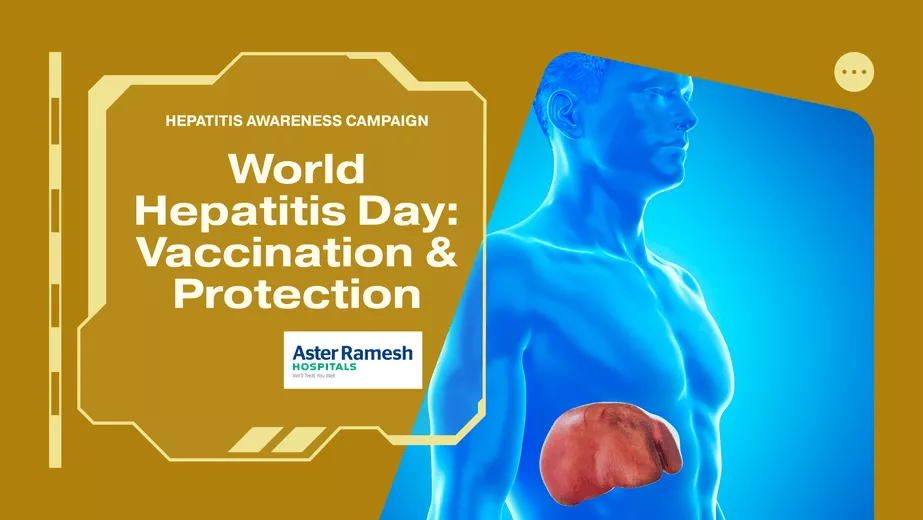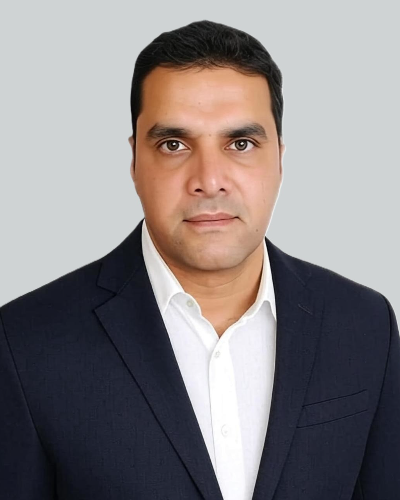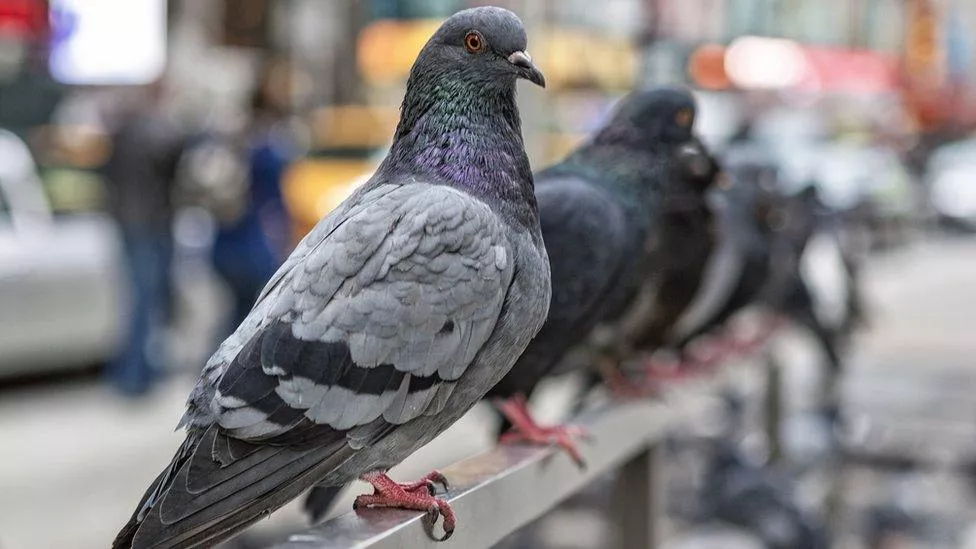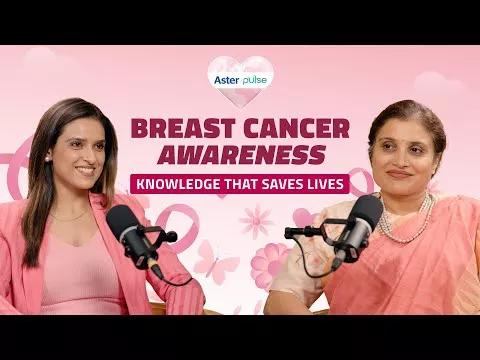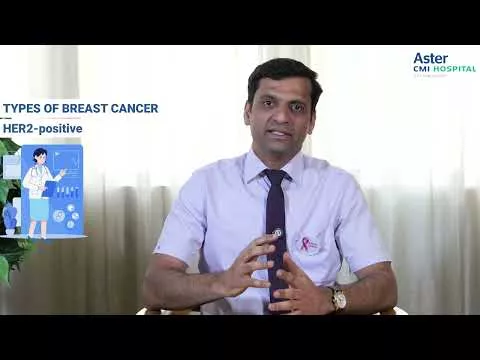Breaking Down Hepatitis – A Guide for Every Indian.
July 28, 2025, marks World Hepatitis Day, a global event to raise awareness about a silent health threat that affects millions. This year's theme, "Hepatitis: Let's Break It Down," urges us to remove obstacles like high costs, social stigma, and lack of access to care. It calls for simpler ways to prevent, test, and treat hepatitis, aiming to end it as a major health problem by 2030. In India, where hepatitis hits hard, this day is a reminder to act now. This article explains hepatitis in simple terms, shares the latest facts, and offers easy steps to stay safe.
What is Hepatitis?
Hepatitis means swelling of the liver ( liver inflammation) an important organ that cleans your blood, stores energy, and helps digest food. It's often caused by viruses, but can also come from too much alcohol, certain medicines, or other health issues. Viral hepatitis is the most common type and spreads easily. If not handled early, it can lead to serious problems like liver scarring (cirrhosis) or liver cancer. When hepatitis attacks, the busy Liver factory slows down, causing tiredness, yellow skin (jaundice), and stomach pain. Many people don't notice symptoms at first, so it can quietly damage the liver over years.
What causes hepatitis in India?
There are five key viral types: A, B, C, D, and E. Each spreads differently and affects people in unique ways. Hepatitis A and E spread through dirty water or food (street food), like eating uncooked shellfish or drinking unsafe water. They're common in areas with poor sanitation. Symptoms include fever, nausea, and jaundice, but most people recover fully without long-term harm. In India, outbreaks happen during monsoons due to contaminated water.
Hepatitis B and C: These are the big worries because they can become long-lasting (chronic). Hepatitis B spreads through blood ( blood-borne diseases) from mother-to-child transmission during birth, or unsafe sex. Hepatitis C mainly spreads via shared needles or unsafe medical tools. Both persist and multiply over time and can lead to liver failure or cancer if untreated.
WHO hepatitis report 2024 key highlights
The World Health Organization (WHO) released its 2024 Global Hepatitis Report with fresh numbers up to 2022, the most recent available. Globally, 304 million people live with chronic hepatitis B or C. That's like the population of the US! Every day, about 3,500 people die from these, 1.3 million deaths a year. New infections add up to 2.2 million yearly, but only 13% of people with hepatitis B and 3% with C know they have it. Treatment reaches even fewer.
Hepatitis burden in India
In India, we have the second-highest burden after China. About 29.8 million Indians have chronic hepatitis B, and 11 million have hepatitis C, totalling over 40 million affected. That's roughly 3% of our population for B alone. Hepatitis A and E are also widespread, with A affecting up to 50% of kids in some areas due to poor hygiene.
Globally, universal immunization for hepatitis B at birth reached 45% in 2022, up from 42% before. In India, most people infected are unaware about their status due to non-existent screening protocols and awareness is low: Only 3% of hepatitis B patients in India know their status, and less than 1% get treatment.
Hepatitis A and E come from eating or drinking contaminated food and water, think street food without clean water. B, C, and D spread through blood or body fluids: sharing razors, tattoos with dirty needles, unsafe blood transfusions, or from mom to baby. Early signs are mild: fatigue, loss of appetite, dark urine, or yellow eyes/skin. Chronic cases might show no signs until the liver is badly hurt, leading to swelling in the belly or confusion.
The good news is we can stop most hepatitis! Vaccines exist for A, B, and E. India's universal immunization program gives hepatitis B shots to newborns, cutting mother-to-child transmission by 95%. For C, no vaccine yet, but safe practices help: Use new needles, screen blood donations, and avoid sharing personal items. Clean habits matter: Boil water, cook food well, and use safe toilets. For high-risk groups like healthcare workers or those with multiple partners, regular testing is vital.
Hepatitis A and E usually heal on their own with rest and fluids. For B and C, medicines work wonders. Antiviral pills control B for life, slowing damage. For C, new drugs cure over 95% in 8-12 weeks, a true progress but treatment remains costly.
But access is the issue. In India, only a fraction gets treated due to cost or lack of awareness about Hepatitis screening especially in rural India. The theme "Let's Break It Down" pushes for cheaper drugs and more clinics.
As a layperson, start small. Get vaccinated if not already (affordable for adults). Test yourself – a simple blood test at any clinic. Eat clean, avoid alcohol excess, and spread the word. If you have symptoms, see a doctor early. Hepatitis isn't a death sentence anymore. With action, India can drop from second place in global cases. On this World Hepatitis Day, let's break down the barriers together. Your liver and life depend on it.
This World Hepatitis Day, Aster Ramesh hospitals stands committed to providing expert care, early diagnosis, and advanced treatment for all forms of hepatitis. With dedicated specialists and modern facilities, we strive to protect liver health and support every patient’s journey to recovery. Your care is our constant commitment.
